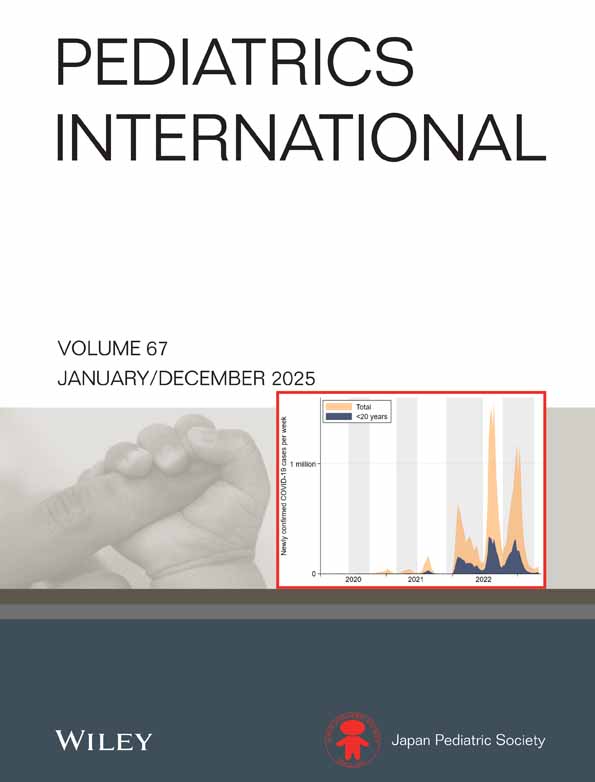Increase of cord blood cytokine-producing T cells in intrauterine infection
Abstract
Abstract Background : Although infection is a frequent and important cause of morbidity and mortality in the neonatal period, evaluation of the immune system in cases of intrauterine infection is not easy. The subsets of T helper (Th) 1, which produce mainly interferon gamma (IFN-γ), and Th2, which produce interleukin (IL) -4, have been implicated in the regulation of many immune responses. In this study, we investigated Th1 and Th2 subsets in the cord blood (CB) to evaluate the role of CB T cells in the intrauterine infections.
Methods : We used an intracellular cytokine-staining technique with determination by flow cytometry to study IFN-γ-producing T cells and IL-4-producing T cells in the CB of six neonates with perinatal intrauterine infection and 17 uninfected neonates.
Results : The CB from neonates with intrauterine infections had more IFN-γ-producing CD3+T cells than that from uninfected neonates. The percentage of CB IFN-γ-producing CD3+T cells in the infected neonates correlated with the duration of membrane rupture before the onset of labor, but not with the level of C-reactive protein. The infected neonate born after the longest duration of membrane rupture showed an increased percentage of IL-4-producing CD3+T cells.
Conclusions : Our results suggest that the increase of CB IFN-γ and IL-4- producing T cells is part of the immune system directed against perinatal intrauterine infections.




